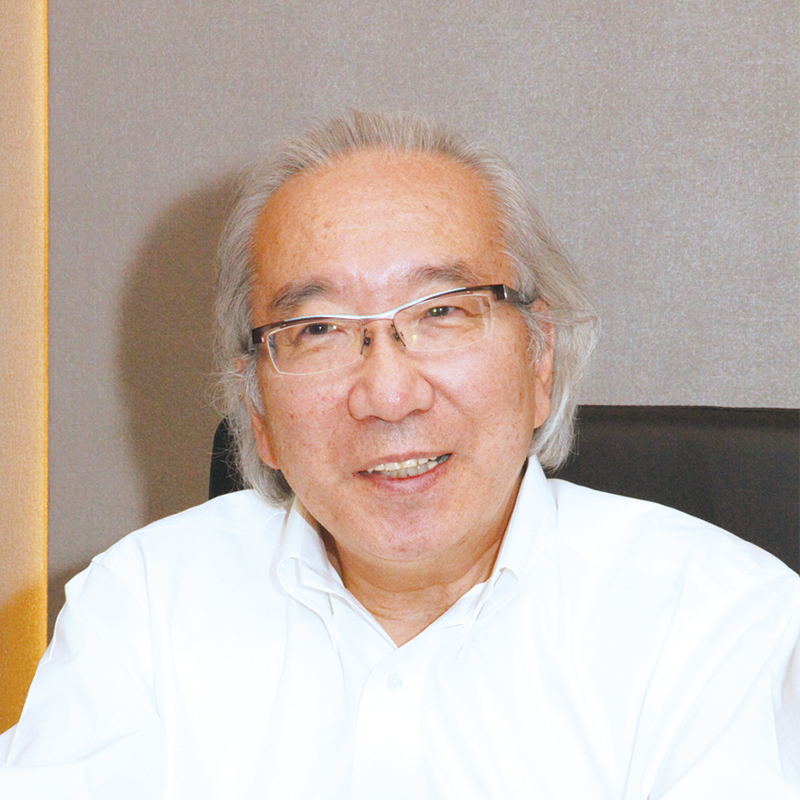
Chairman, ICVS Tokyo Clinic
Kenichiro Hasumi, M.D.
Dr. Kenichiro Hasumi is a physician, specializing in cancer immunotherapy and terminal care. Graduated from Saitama Medical University. After working at the Institute of Medical Science, University of Tokyo, he became the Chairman and CEO of Hasumi International Research Foundation in USA. He is by nature a researcher and visionary, focused on the development of cancer vaccines and improved clinical treatments to achieve better patient outcomes with a higher quality of life.
He established a research chair at Thomas Jefferson University's Sidney Kimmel Cancer Center, USA, and was a visiting professor at the Cancer Center. He received an honorary doctorate from the Medical University of Pleven, Bulgaria, for his research activities in cancer immunotherapy. He is also involved in collaborative research projects with University of Maryland in USA, Erlangen University in Germany, and clinical trials with Universiti Kebangsaan Malaysia (UKM), respectively.
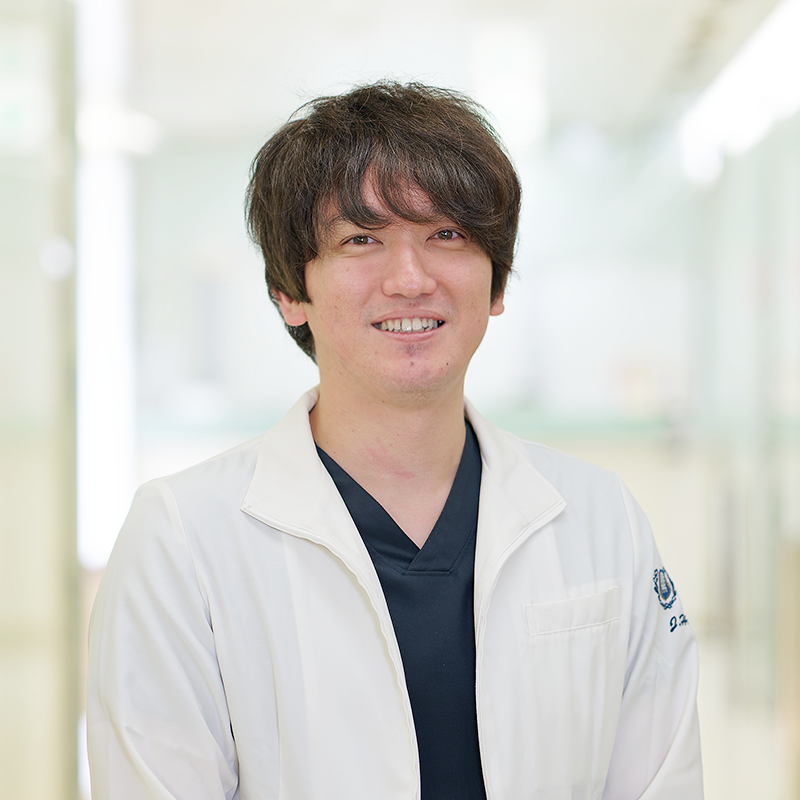
Director, ICVS Tokyo Clinic
Jun Hasumi, M.D.
Graduated from the Jikei University School of Medicine in 2016, Dr. Jun Hasumi had been with the Jikei University Hospitals for about 7 years. He is a specialist in radiology as well as in diagnostic radiology.
Concurrently he has been working at ICVS Tokyo Clinic as a part-time physician since 2020, and also became a member of the Board of Hasumi International Research Foundation in USA.
In September 2023, he was appointed Deputy Director of ICVS Tokyo Clinic.
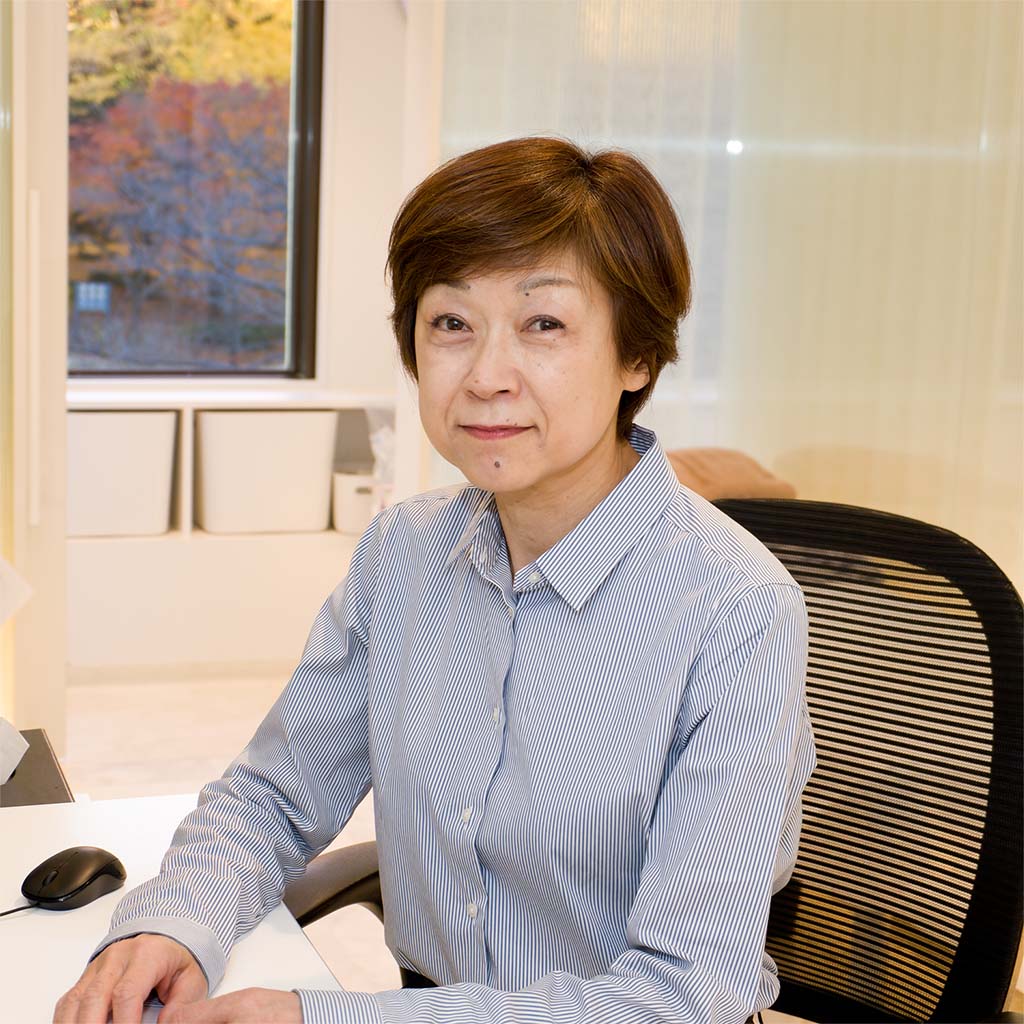
Doctor
Yasuko Kusaka, M.D., Ph.D.
Dr. Kusaka, specializing in neurosurgery, a certified industrial physician, and with a diploma in mountain medicine, graduated from Tohoku University School of Medicine, joined the Department of Neurosurgery, Tohoku University Hospital.
Clinical Training Abroad to Phoenix Neurosurgery in USA and Hanover Neurosurgery in Germany has led her to become a lecturer at the Department of Neurosurgery, the Jikei University School of Medicine in 2004.
She was appointed Director of ICVS Tokyo Clinic in 2018 and served there till March 2021.
She has been the Director of ICVS Tokyo Clinic V2 since December 2022.
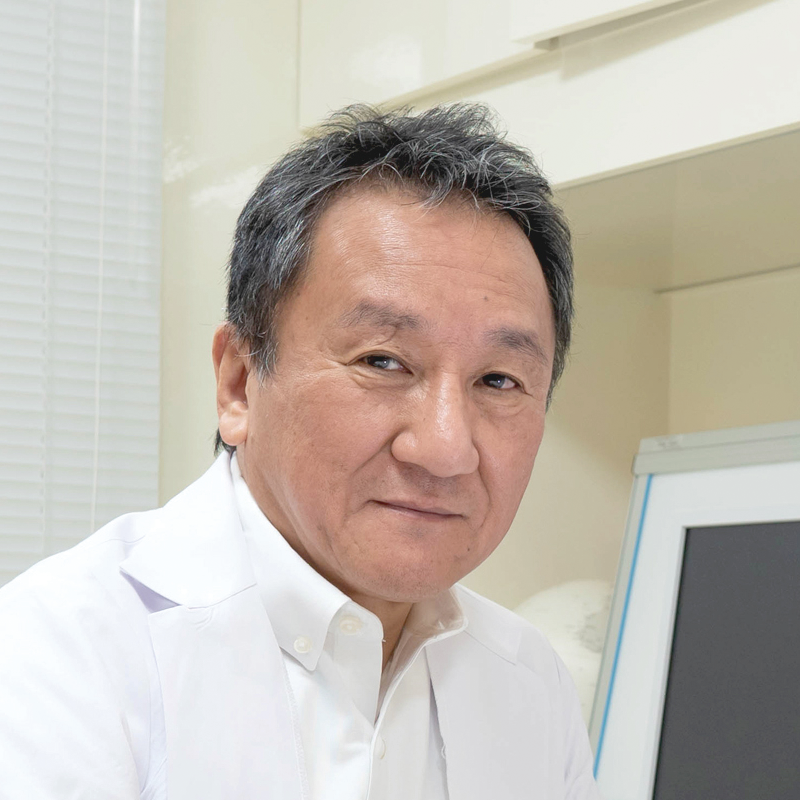
Doctor
Akira Takeuchi, M.D., Ph.D.
Director ofHigashi Ginza Luke Clinic
After graduating from Saitama Medical University in 1989, he demonstrated "near-infrared laser bone density measurement theory" with the cooperation of the Agency of Industrial Science and Technology, Ministry of International Trade and Industry (then), and in 1994 received a doctorate from Saitama Medical University Graduate School (Department of Endocrinology).
He was in charge of research and treatment of far-infrared hyperthermia (heat therapy), and in 1997 opened Luke Clinic, specializing in advanced cancer treatment.
He introduced cancer ablation therapy (HIFU:high-intensity focused ultrasound) using focused ultrasound and apoptosis sensitization therapy using p53 protein.
Japan Hyperthermia Society instructor
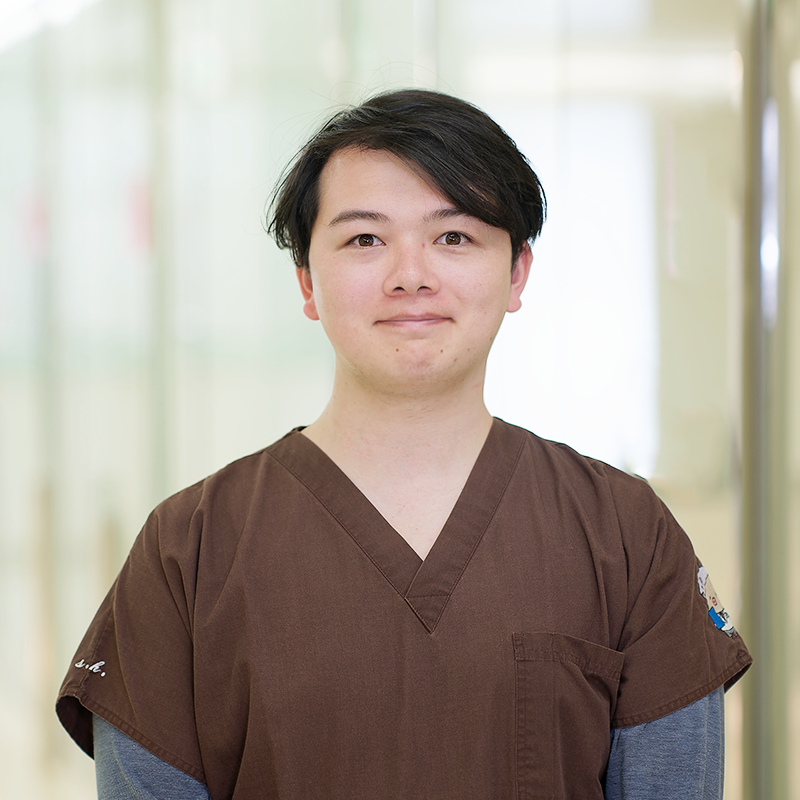
Doctor
Sakuzo William Honjo, M.D.
After graduating from the Jikei University School of Medicine, he joined the Department of Radiology at the University. During his tenure, he engaged in image diagnosis and IVR treatment. Wanting to utilize the experience and know-how he had gained in IVR, after leaving the department, he has been working at the ICVS Tokyo Clinic since May 2023.
"I am committed to providing safe procedures with minimal patient burden."
 Chairman, ICVS Tokyo Clinic
Kenichiro Hasumi, M.D.
Chairman, ICVS Tokyo Clinic
Kenichiro Hasumi, M.D.



